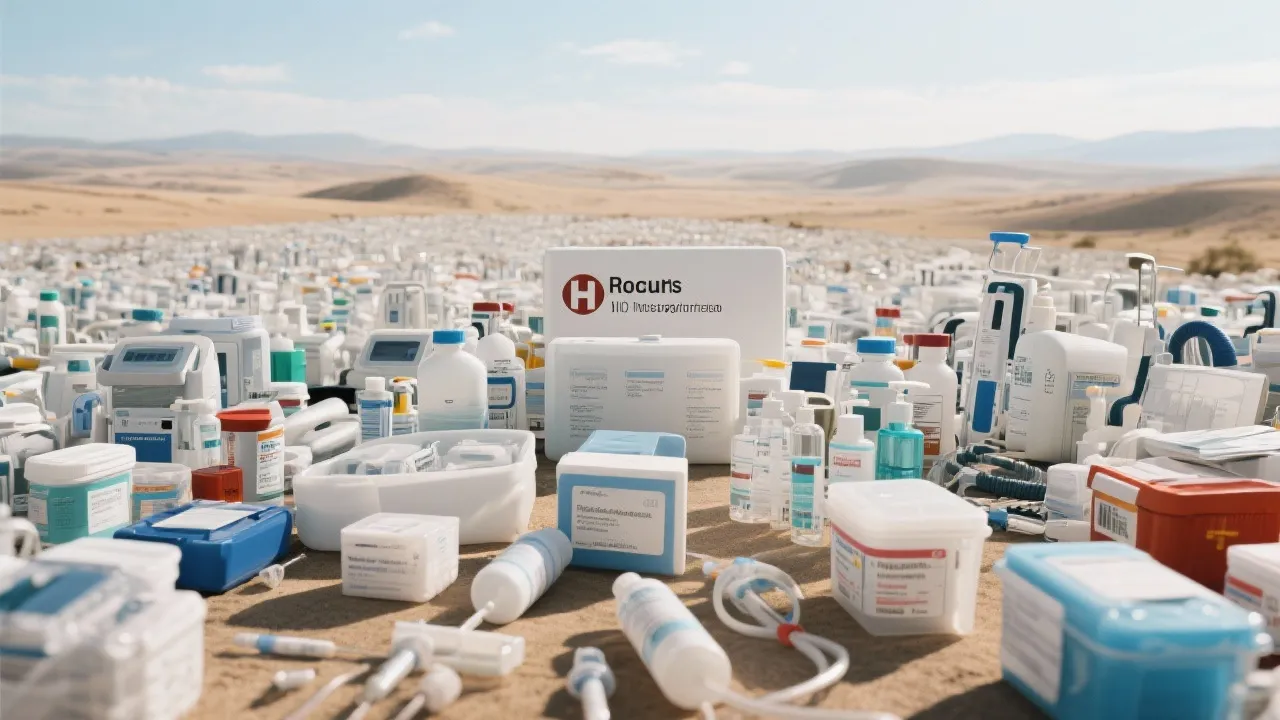This comprehensive guide explores the critical resources necessary for effective HIV treatment. Understanding the resources needed to treat HIV is imperative as the virus remains a global health concern, affecting millions. This article delves into medical advancements, medications, and healthcare infrastructure pivotal for managing and treating HIV effectively.

In the ongoing battle against HIV, having access to essential resources is critical for managing and improving the lives of those affected. From antiretroviral therapy (ART) to healthcare infrastructure and support systems, the resources needed to treat HIV are multifaceted and vital for comprehensive care. Understanding these resources allows for better management of HIV, which can ultimately lead to healthier, longer lives for individuals living with the virus. This comprehensive approach involves not only medication but also an array of social, educational, and supportive services that work in tandem to create a safety net for those in need.
Antiretroviral therapy forms the cornerstone of HIV treatment. This regimen employs a combination of drugs that target the virus at various stages of its lifecycle. Advances in ART have transformed HIV from a fatal disease to a manageable chronic condition. The primary aim of ART is to suppress the viral load, bolster the immune system, and prevent opportunistic infections. With adherence to treatment, many individuals with HIV can achieve an undetectable viral load, meaning they cannot transmit the virus to sexual partners (often referred to as U=U, or Undetectable = Untransmittable).
The evolution of ART has led to significant improvements in both the quality and quantity of life for those living with HIV. It is important for individuals to work closely with their healthcare providers to determine the best ART regimen, as well as to stay informed about potential interactions with other medications and the importance of adherence to the treatment plan.
Various classes of antiretroviral drugs are utilized to create a tailored treatment plan that suits the specific needs of the individual. These drugs can be categorized into several classes, each playing a unique role in the management of HIV:
The selection of drugs for treatment is influenced by various factors, including the patient’s previous treatment history, any drug resistance testing outcomes, potential side effects, and individual life circumstances. Regular consultations with healthcare providers are crucial in making adjustments to the treatment regimen, ensuring that it remains effective while minimizing side effects.
To support ART, robust healthcare infrastructure is essential. This includes:
Healthcare infrastructure must also prioritize the integration of services, ensuring that mental health support, substance use treatment, and preventive care (like vaccinations and screening for comorbidities) are all part of a comprehensive approach to HIV management. This holistic view enhances the overall wellbeing of individuals living with HIV and fosters a supportive environment for long-term health management.
Beyond medical treatment, comprehensive care involves education and support. A strong support system can improve treatment adherence and health outcomes. Key components include:
The establishment of strong social networks around individuals with HIV is not just beneficial for their health; it is critical for transforming societal perceptions of the disease, ultimately leading to broader acceptance and support for people living with HIV.
Recent innovations in HIV care and treatment continue to evolve, creating exciting opportunities for improving patient outcomes. Some innovative strategies include:
The landscape of HIV treatment is multifaceted and continuously changing. New therapies, methods, and technologies are being developed, and education and awareness initiatives are improving public understanding. Staying informed about these advances is essential for both individuals living with HIV and those involved in their care.
Effective treatment of HIV demands a multidimensional approach, encompassing medication, healthcare services, and community support. Access to ART is essential, but the combined efforts of healthcare infrastructure, education, and emotional support are equally important in managing the disease. As the landscape of HIV treatment continues to evolve, staying informed about new developments and maintaining robust healthcare systems are crucial for managing this global health challenge. Each component plays a critical role not just in survival, but also in the quality of life for many individuals affected by HIV. Building and nurturing supportive environments can help reduce the stigma associated with the disease and empower those living with HIV to thrive.
Explore the Tranquil Bliss of Idyllic Rural Retreats

Ultimate Countdown: The 20 Very Legendary Gaming Consoles Ever!

Affordable Full Mouth Dental Implants Near You

Discovering Springdale Estates

Embark on Effortless Adventures: Unveiling the Top in Adventures Made Easy Outdoor Equipment

Unlock the Full Potential of Your RAM 1500: Master the Art of Efficient Towing!

Dodge Ram: Redefining the Future of Full-Size Trucks with Unmatched Power and Innovation

Get New Phones Without Plans Easily

Smart Strategies to Slash Costs on Your Roof Replacement Endeavor
